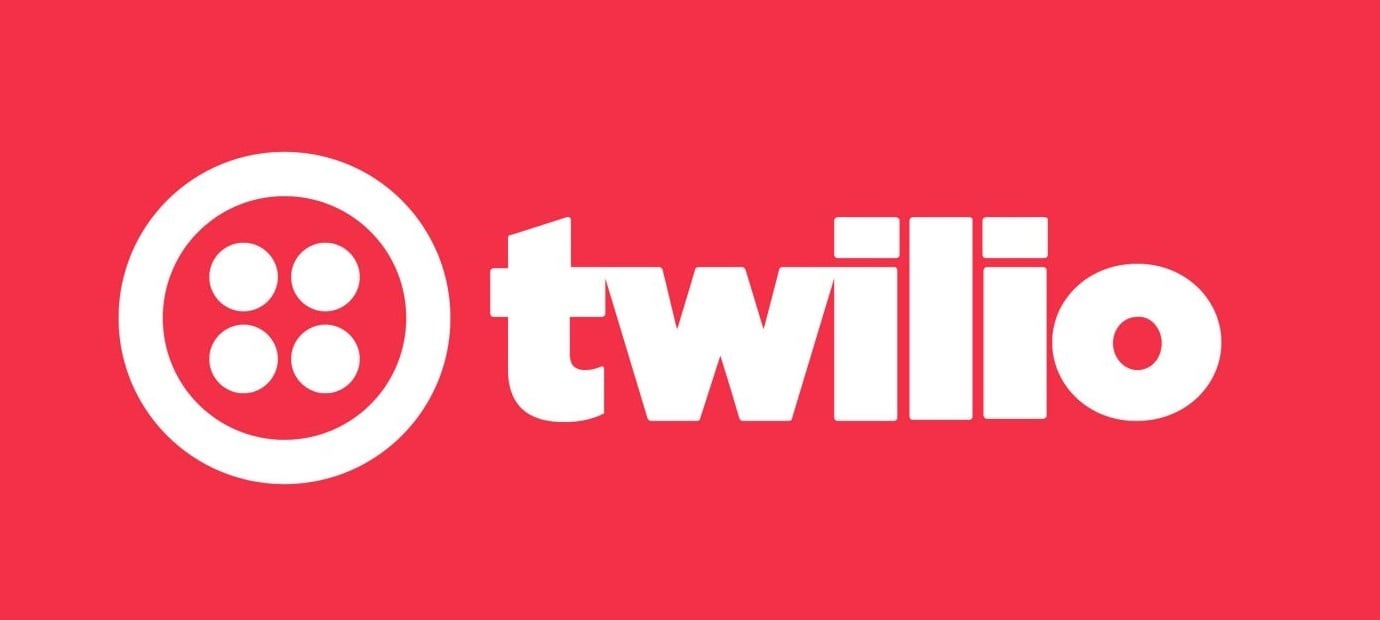
Getting Started with Twilio Studio: A Beginner’s Guide!
Introduction.
In today's digital age, communication plays a crucial role in various aspects of our lives, be it personal or professional. Twilio Studio is a powerful tool that allows developers to build communication workflows without writing a single line of code. In this beginner's guide, we 'll explore the basics of Twilio Studio and demonstrate how to create your first communication workflow step by step.
What is Twilio Studio?
Twilio Studio is a visual interface by Twilio that simplifies the creation of communication workflows without coding. Users drag and drop pre-built widgets to design processes like sending SMS messages, making calls, and gathering input. It integrates seamlessly with Twilio's services, offering features like logging, debugging, and testing for smooth workflow development. Studio enables teams to collaborate on building engaging communication experiences for customers, streamlining the process without requiring deep technical knowledge.

Getting started.
Sign up for Twilio:
- If you haven't already, sign up for a Twilio account at Twilio's website .

Access Twilio Studio:
- Once you've signed up and logged in to your Twilio account, navigate to the Twilio Console and locate the "Studio" section.

Create a new Studio Flow:
- Click on the "Create new Flow" button to start building your first workflow.

Drag and Drop Widgets:
- Twilio Studio provides a variety of widgets that you can drag and drop onto the canvas to create your workflow. Some common widgets include:
- Trigger: This widget starts the workflow. You can choose from triggers like incoming SMS, incoming call, or API trigger.

-
- Send Message: Use this widget to send SMS or MMS messages.

-
- Make Outgoing Call: Use this widget to initiate outgoing phone calls.

-
- Split: Split the flow into multiple paths based on conditions.

-
- Say/Play: Use these widgets to say or play audio messages during a call.

-
- Function: Execute custom code written in Twilio Functions.

Connect Widgets:
- Once you've added widgets to your canvas, connect them by dragging a line from one widget's output to another widget's input. This defines the flow of your communication process.

Configure Widgets:
- Double-click on each widget to configure its settings. For example, if you're sending an SMS message, you'll need to specify the message content and the recipient's phone number.

Test Your Flow:
- Twilio Studio provides a built-in testing feature that allows you to simulate the flow of your communication process. Click on the "Test" button to test your workflow with sample data.
Save and Deploy:
- Once you're satisfied with your workflow, save your changes and deploy the flow. You'll be provided with a unique URL that you can use to trigger your workflow via Twilio's APIs.

Conclusion.
Twilio Studio empowers developers to build complex communication workflows with ease, thanks to its intuitive visual interface and powerful integrations with Twilio's APIs. By following the steps outlined in this beginner's guide, you can create your first Twilio Studio flow and start automating your communication processes without writing any code.
Start experimenting with Twilio Studio today and unlock new possibilities for your communication workflows!

![[Twilio+Unity] Twilio API を使用した SMS 送信](https://images.ctfassets.net/ct0aopd36mqt/wp-thumbnail-3f316c20ff5f4f46d1a005e2ad976882/c71162912c717bb0ca7c9b4196a40df5/twilio.png)
